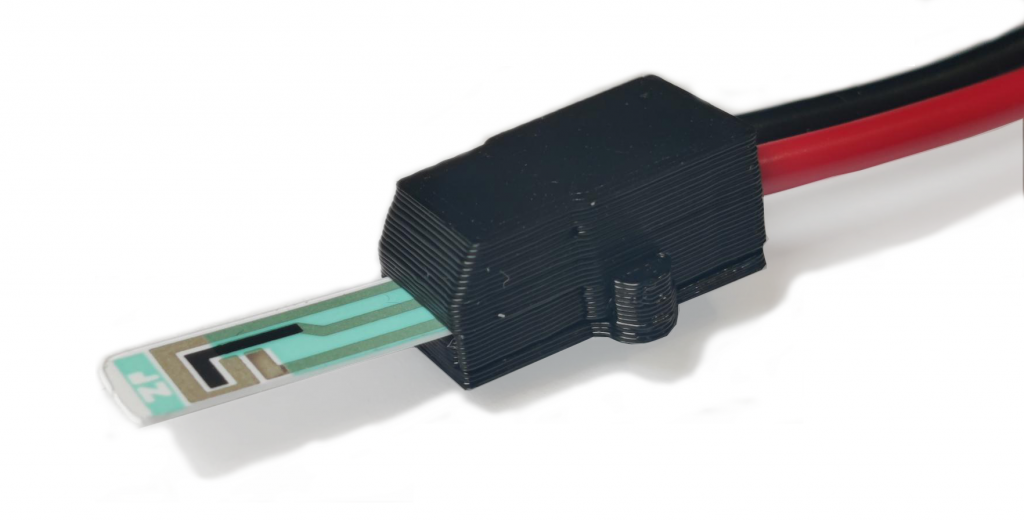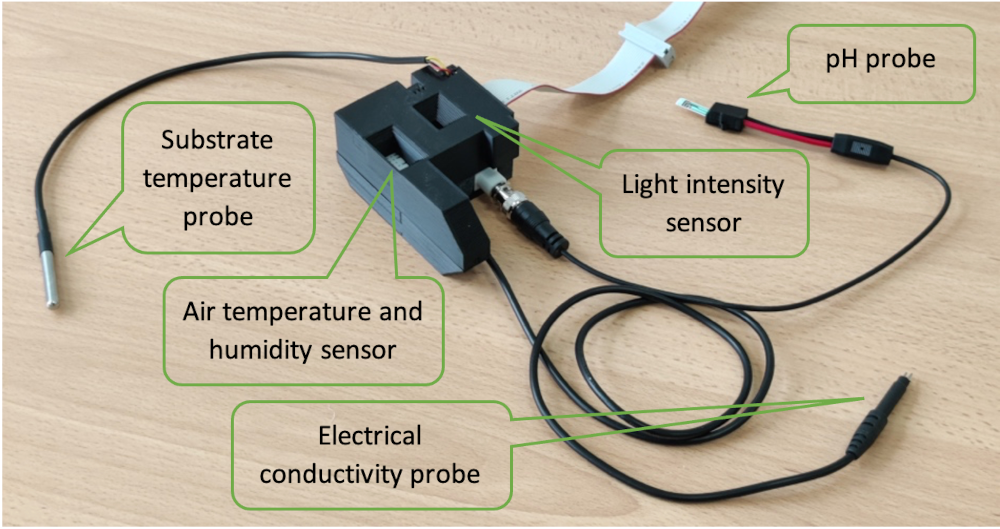Dandelion: IoT in Schools
The Dandelion Festival is a six-month creative celebration of growing, music and community – rooted in Scotland but with an international outlook, and with sustainability at its heart. Dandelion follows the arc of the growing season, from April to September 2022 – culminating with hundreds of Harvest events across Scotland.
One strand of the Festival is the Dandelion Schools programme where primary and secondary pupils across Scotland are getting involved in activities centred on the cultivation of vegetables. Some activities will be outdoors, but 113 schools are also getting hydroponic growing containers called GrowCubes where they will be experimenting with the cultivation of six species of microgreens. The cubes themselves are about 750 mm on each side, have three layers and are supplied by Liberty Produce. In collaboration with SRUC’s Thriving Natural Capital Challenge Centre, the Computational Sustainability lab has designed, constructed and supplied an IoT node for each of the cubes to monitor the growing conditions as well as a web application to collect and visualise the data.

Nodes are built around the LilyGo T5 microcontroller which includes an ESP32 microprocessor and an e-paper display. Sensors in the cubes monitor air temperature and humidity, light intensity, substrate temperature, electrical conductivity and pH. Constructing the nodes threw up many challenges related to the integration of the components, power management, interface design, data accuracy and security. The quirky behaviour of some of the data pins on the ESP32 was a particular headache at times and the hardware design had to be modified as the project went along to accommodate new information.
The nodes are designed to connect to a local wifi network to send their data back to a central database. This approach has proved challenging because of the different ways that local authorities have set up their wifi networks and the different connection policies that are in place. As a security measure, the design assumes that the node cannot receive incoming connections. Instead of a conventional arrangement using login credentials, the node is identified to the app by including the MAC address as part of an encrypted data transmission. To guard against packet loss, data is also stored locally so that it can be recovered at any time.

An interesting feature of the development project was working with the solid-state pH sensors from Zimmer and Peacock. These were chosen for their tiny physical footprint making them much easier to use in the limited space available inside a GrowCube. One challenge was to design a connector for the 25.4 x 7 mm sensors. This was accomplished by adapting a standard oscilloscope lead with help from local 3D printing company, OpenFactory.

Signals from the Z&P sensors are collected using the signal processing board from DFRobot, chosen because it operates at 3.3V and is therefore compatible with the ESP32. In some of the early versions of the node, a great deal of electronic interference was observed when both the pH and electrical conductivity sensors were powered on at the same time. The eventual solution was to install a switch on the sensor units to select either one or the other. That meant some manual intervention was needed to measure pH, but it turned out to be a convenient way to deal with sensor calibration. The final version of the node firmware incorporates a two-point calibration procedure for pH.

As a contribution to the Dandelion Festival, the nodes and the web app provide a great introduction to STEM concepts. Once the Festival is over, the schools will keep their GrowCubes and IoT nodes, and hopefully they will continue to design experiments and record their data in the web app. Looking further ahead, it would be great to think that we might be able to develop a second version of the node which streamlines all of the modifications that we were obliged to make in the current version.
To find out more about the Dandelion Schools programme, please see the main Dandelion website and also the GrowCubes web app. For further details about the way the nodes work, please see the Dandelion node reference site.



1 Comment